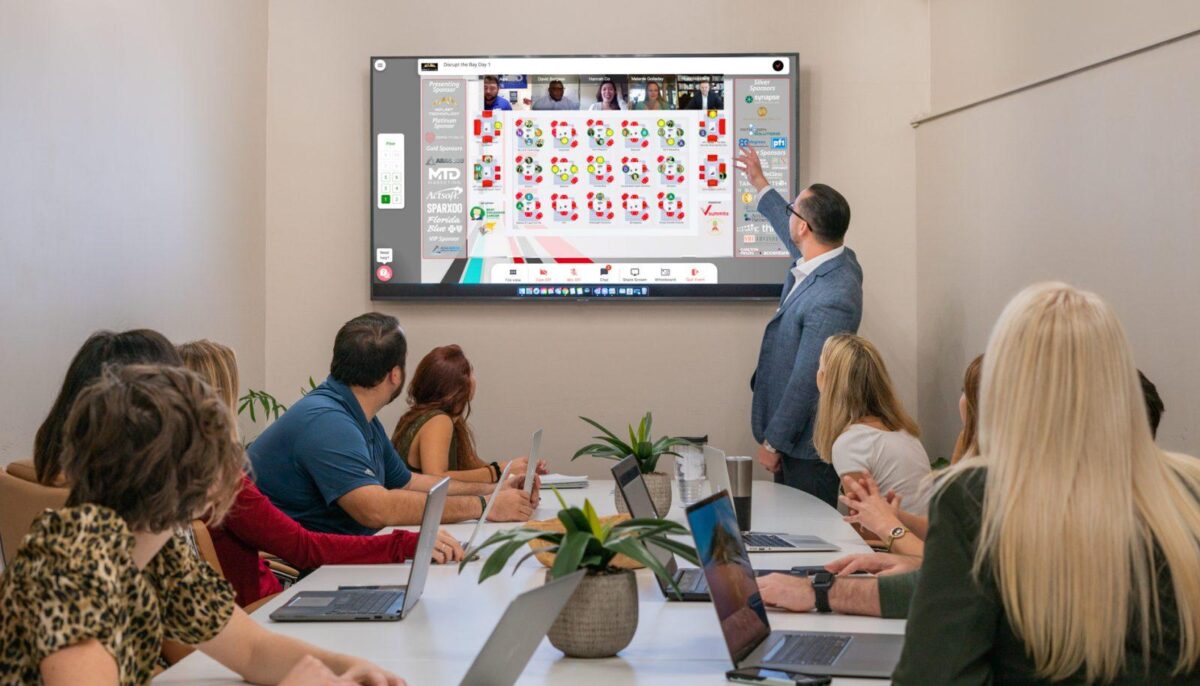Consumer demands and behaviors have shifted dramatically over the last 18 months—and companies have also needed to shift to keep up. As people have moved into a digital—or at least hybrid— workplace, many have also changed a wide range of everyday activities from socializing to exercising to grocery shopping. And even as we extend past the pandemic, companies will need to shift how they sell their products and brands to meet these needs in the years to come. But, how?
Jeremy Miner, Founder, and Chairman of sales training company 7th Level believe the shift needs to come from the understanding of how consumers are thinking. This insight comes after his company successfully trained over 100,000 salespeople worldwide using a proprietary sales method called Neuro Emotional Persuasion Questioning (NEPQ). And now he’s sharing how companies should adjust their tactics to keep up with pandemic pivots.
Become a Problem Solver Instead of a Product Pusher
Instead of pushing your product and being a “Product Pusher,” learn how to become a “Problem Finder” and “Problem Solver.”
“In our day and age, you have to be very good at problem finding,” said Miner. “That means asking the right questions at the right time to help your prospects uncover problems that they didn’t even know they had. When you are able to do that, they start to view you and your brand as the expert and the trusted authority who can help them get what they want.”
Use Neutral Language
How many brands and salespeople say they have the No. 1 product? How many talk down their competitors? Every company does, right? And because of that, consumers trust you far less when you make those statements since they’re used to every brand saying the same thing.
How many salespeople or brands have said, “We are the 5th best product in the market”? No one! They all say they are the best.
On the flip side, no brand should be saying they are the worst or even the middle of the road. In fact, they don’t even need to bring this subject up at all. “Brands need to use more ‘neutral languaging’ in their conversations, so they don’t trigger sales resistance,” said Miner.
For example, if you were to say, “Go ahead and sign the contract here,” the words “sign” and “contract” are two words that typically trigger sales resistance. “No one wants to sign a contract that locks them into something they might not want,” said Miner. “But if you change the words to ‘authorize the agreement,’ it means the same thing but is far more neutral. Everyone is okay with authorizing an agreement in order to get what they want.”
In fact, the government does a great job of using neutral language, according to Miner. “Take a look at the IRS, which stands for Internal Revenue Service,” he said. “If this were called the Internal Taxing Service, which is what the agency actually is, we would all be upset by it. But the term revenue is much more neutral than tax, right?”
Similarly, brands have to be more neutral in their statements instead of being so biased towards themselves with statements that they are the best. “With every company saying so, consumers trust brands far less when they make biased, assumptive statements,” said Miner.
Present The Risk
To connect with the consumer, it’s vital to get them to understand that changing their situation (aka buying your solution) is far less risky for them than doing nothing at all. Staying in the status quo means problems stay the same, and nothing ever changes.
“Which is riskier,” said Miner. “Once you are able to help prospects see and feel, rather than tell them, by asking the right questions at the right time, it triggers them to want to change their situation and do that with your solution. They’ll also start to view you and your brand as the Expert or Trust Authority, rather than just another salesperson or company trying to stuff its solution down their throat.”
Ultimately, today’s consumers are busy, and the vast majority of purchasing decisions are made quickly and instinctively. So, to get them to choose your product, brands need to build a positive impression that will reach them subconsciously—utilizing images and stories that’ll make a positive association with their brand in consumers’ minds.

